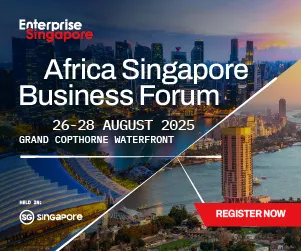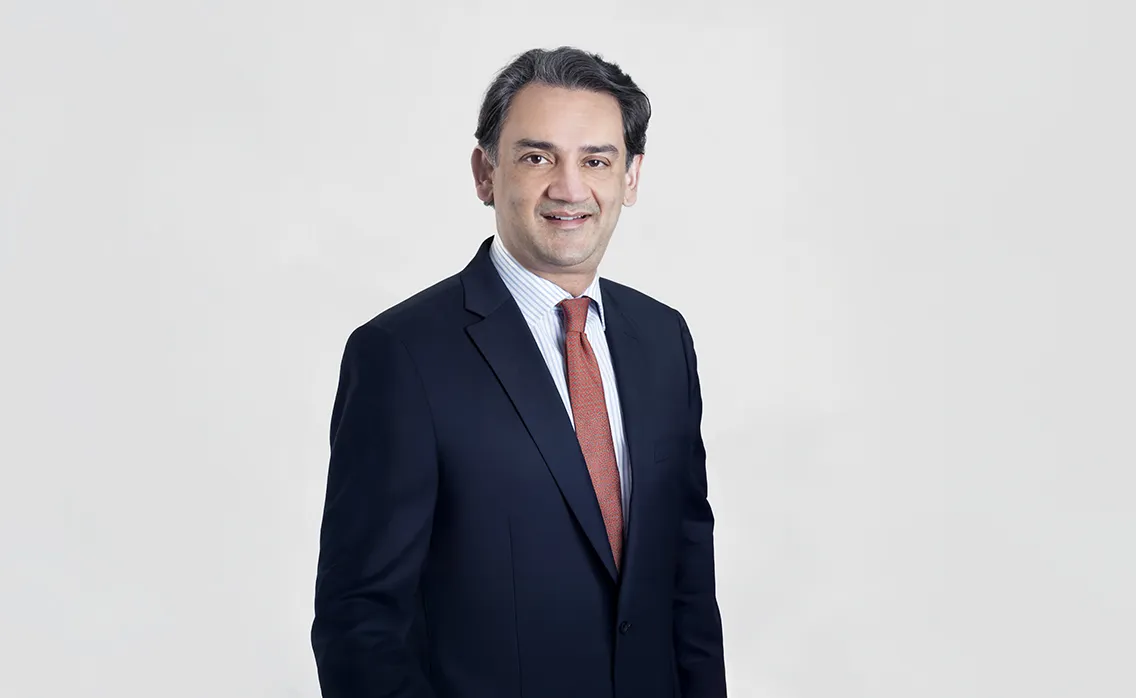This article was produced with the support of Standard Chartered Bank
Standard Chartered is a leader in infrastructure financing, having structured and financed vital infrastructure, power, utilities and energy transition projects for over two decades. With deep relationships with sponsors and governments and a track record across sectors including energy, transport and social infrastructure, the bank was recently recognised as the leading Infrastructure Bank in Africa and the Middle East by Project Finance International.
Africa is at a pivotal moment in its development. Robust infrastructure is essential for sustainable economic growth, long-term prosperity and transformation. Yet the continent faces a substantial financing gap. The African Development Bank estimates annual infrastructure needs at $130bn to $170bn, with a financing shortfall of $68bn to $108bn. Factors such as perceived investment risks, regulatory complexities and currency volatility continue to constrain access to long-term capital.
Expanding opportunities
Infrastructure finance in Africa presents both immense opportunities and significant challenges. Investment is growing across sectors such as power, minerals and metals, transport and logistics, oil and gas, water and sanitation and digital infrastructure – driven by population growth, urbanisation, energy needs and trade connectivity. Projects supported by Standard Chartered, including solar initiatives in Senegal and road infrastructure in Ghana, illustrate the scale and ambition behind this momentum.
Despite the complexities, international investment appetite remains strong, particularly from pension funds, insurers and private credit seeking stable long-term assets. There is growing focus on sustainability, with capital increasingly directed toward renewables, healthcare and other sectors contributing to inclusive development.
Several key trends are shaping infrastructure finance across the region. Countries are accelerating their clean energy commitments, leading to strong demand for renewables such as solar, wind, green hydrogen and carbon capture. At the same time, there is renewed focus on baseload thermal power, with a surge in combined-cycle gas turbine (CCGT) projects in the Middle East.
Battery energy storage systems are also on the rise, addressing peak shaving needs in energy systems reliant on intermittent renewables. Meanwhile, water scarcity is driving growth in desalination and wastewater treatment, with many projects structured as public-private partnerships (PPPs). Transport infrastructure – especially mega projects such as rail networks, airports and ports – is seeing increased focus, as is the digital space, where AI adoption is boosting demand for data centres.
Collaborative finance models
Africa’s infrastructure needs cannot be met by either the public or private sector alone. PPPs and development finance institutions (DFIs) play a central role in bridging the gap. DFIs help de-risk projects by offering concessional financing, technical support and environmental and social safeguards – improving bankability and attracting private investment.
Standard Chartered has worked closely with DFIs and governments to finance PPP projects across Africa and the Middle East, providing financial advisory services, evaluating risks and unlocking diverse liquidity sources such as export credit agencies, infrastructure funds and sukuk or project bonds.
One notable example is the Emerging Africa Infrastructure Fund (EAIF), which recently secured a $294m debt package for infrastructure projects across sub-Saharan Africa. In Angola, the bank helped facilitate a €1.29bn solar-powered electricity distribution programme to improve rural access to clean energy. In Tanzania, a US$1.46bn term loan for a 550km Standard Gauge Railway underscores how infrastructure can foster regional integration and reduce freight service costs by up to 40%.
Through partnerships with institutions like the Islamic Corporation for the Insurance of Investment and Export Credits (ICIEC) and UK Export Finance, the bank has also backed infrastructure projects in Senegal and Angola. Similar collaborations underpinned delivery of the Hafeet Rail and Abu Dhabi Waste-to-Energy projects in the UAE.
Sustainability and innovation
The shift towards sustainable finance and ESG investments is creating new opportunities for investors to align their portfolios with their values. Investors increasingly seek responsible investment opportunities – particularly in sectors like mining, where sustainable and ethical practices are becoming more appealing. Sustainability has evolved from a compliance obligation into a strategic priority and key driver of revenue.


Emerging regulatory requirements, such as ESG disclosure mandates for listed companies in the Gulf, are promoting transparency and investor confidence. Standard Chartered has adopted global frameworks like the Taskforce on Nature-related Financial Disclosures (TNFD), aligning with current and future demands for responsible business practices.
The sustainable finance market in Africa is gaining strong interest. The bank has supported several Sustainability Linked Loans, including a framework developed for Bapco Energies – making it the first national energy company to publish such a framework. In Ghana and Angola, social loans are financing clean water infrastructure and university expansion, demonstrating a focus on social as well as environmental outcomes.
The ESG debt capital markets in the Middle East are also expanding. Standard Chartered was a Joint Green Structurer for the Public Investment Fund’s $3bn green bond issuance and played a key role in another bond of the same size. In Qatar, the bank supported the country’s first Green Guarantee for a solar power project.
African countries are also adopting Just Energy Transition Investment Plans that prioritise renewable energy, job creation and community engagement. The bank has partnered with DFIs and multilateral lenders to implement blended finance structures that mobilise private capital by reducing risk. Flagship projects such as Morocco’s Noor Ouarzazate Solar Complex, Kenya’s Lake Turkana Wind Power Project and the Suez Wind Energy Project, were supported through these models.
Looking ahead
Innovative financing models are crucial in bridging Africa’s infrastructure gap. Blended finance structures combining public and private capital are improving project viability, as seen in Morocco, Kenya and elsewhere. Sustainability-linked loans are gaining traction, aligning financing with ESG goals. For strategic projects – especially in renewables – there is a growing trend toward longer loan tenors, extending beyond 20 years.
Refinancing strategies are also evolving, with sponsors using short-term bank finance followed by bond market or ECA-backed refinancing – especially in the Middle East. Alternative financing pools, such as DFIs, ECAs, pension funds, insurers and asset managers are broadening access to capital.
Digitalisation is driving demand for new infrastructure solutions. Platforms like Solv, Standard Chartered’s B2B digital marketplace in Kenya, are improving SME access to finance, reducing costs and transaction times. This kind of innovation ensures more inclusive participation across African economies.
The outlook for infrastructure finance in Africa is strong, driven by technological advancements, sustainability imperatives, and shifting capital dynamics. Continued focus on policy liberalisation, governance improvements and transparent investment channels is helping to unlock capital. Infrastructure assets remain attractive to investors looking for long-term, stable returns with measurable impact.
Standard Chartered is committed to being a key player in Africa’s infrastructure journey. Our vision is to leverage our global network and local expertise to act as a super-connector. By connecting capital to bankable projects and aligning finance with sustainability goals, we can bridge the infrastructure gap, catalyse sustainable development and contribute to a brighter, prosperous future for the continent, powering Africa’s progress one project at a time.
Crédito: Link de origem


